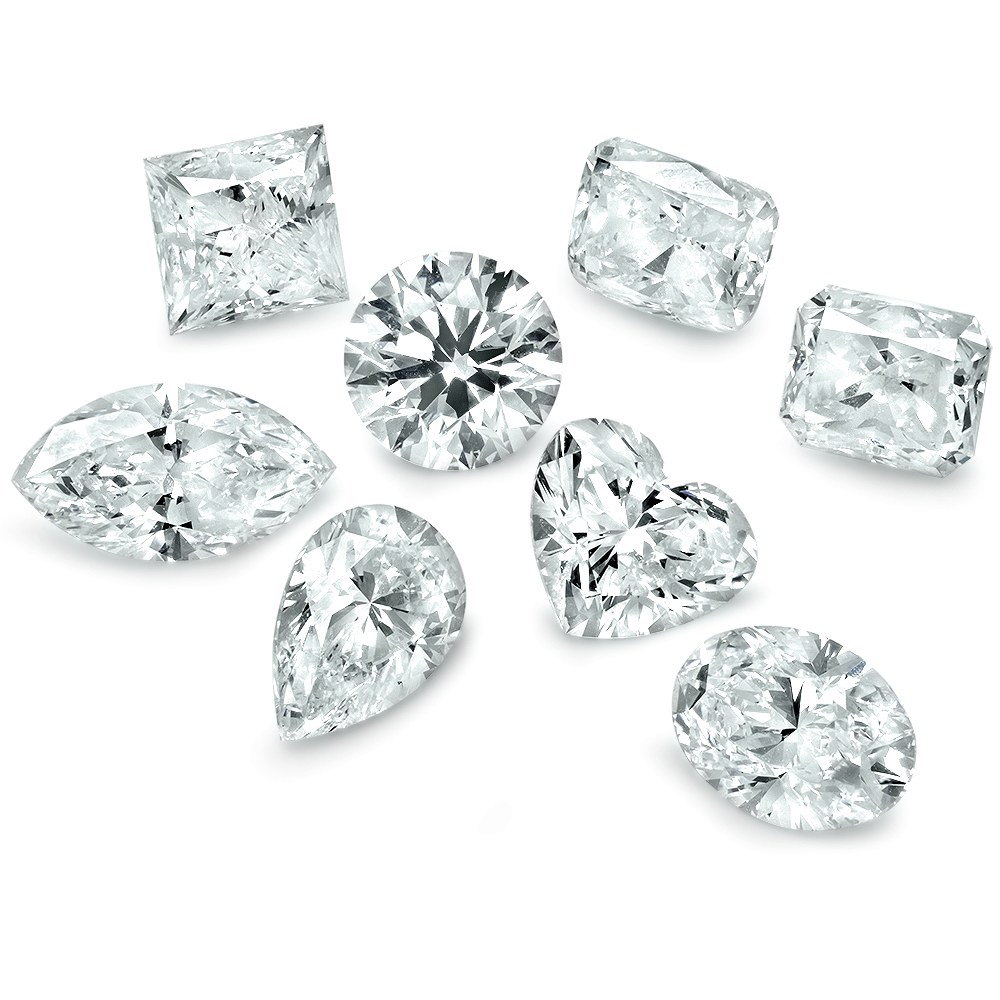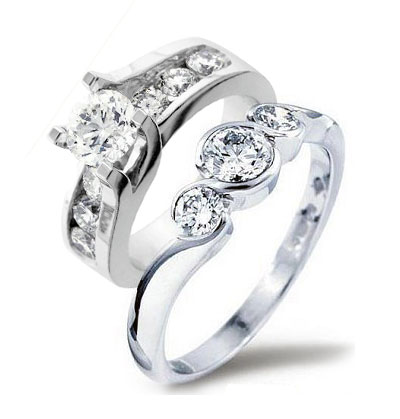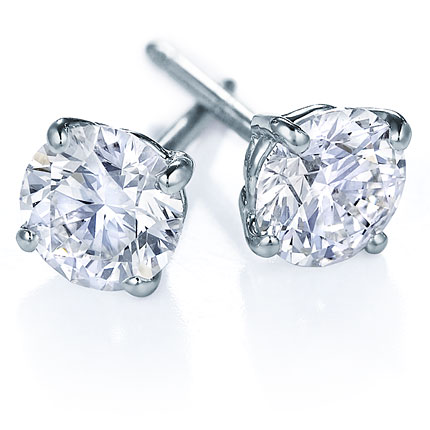Please Note:
We will be closing for all orders for 2025 on 5th December.
Diamond Source will be closed for Holidays from 19th December until 12th January.
We will be closing for all orders for 2025 on 5th December.
Diamond Source will be closed for Holidays from 19th December until 12th January.
We offer READY TO SHIP JEWELLERY - View Collections
Black Diamonds
Diamonds are found naturally in over 300 different hues in colours ranging from red, orange, yellow, blue, pink, green, brown, white and of course, black. In fact diamonds are found in the greatest number of hues of any gemstone. All natural fancy coloured ones are incredibly rare compared to the normally colourless, or white stone - this makes them substantially more expensive.
Like all the coloured stones, a natural black diamond has the same crystalline structure and chemical properties as a white one. It is made from crystalline carbon and is the hardest natural substance known to mankind. This means that it cannot be cut or scratched except by a harder diamond. However, the inclusions and impurities contained within the structure of a black diamond make it more likely to fracture and splinter during the cutting process than its white counterpart, although blacks tend to be harder once cut.
The colour of natural black diamonds comes from countless microscopic particles of smoky carbon graphite, hematite and magnetite which were trapped within the crystal lattice of the gemstone structure during its formation. Because they are integral to the lattice structure, these particles are known as inclusions, not impurities. High concentrations of the inclusions cloud the forming diamond. They absorb light and give the gemstone its rich black metallic look and intense brilliance.
Because their deep colour comes from inclusions, rather than impurities, which would produce highly localised colour distortions, just about all black diamonds are opaque. However semi-transparent and translucent gemstones do form and when found, they are considered very valuable indeed.
Natural blacks have been discovered and mined in Australia, parts of Africa and in Venezuela and Brazil. Surprisingly, though, they are thought to be well over 3 billion years old. This is odd because it means black diamonds are significantly older than white ones, which are only about 1 billion years old. How this happened is unclear. However, meteor impacts are now thought to have played a role in the formation of natural blacks, which were subsequently brought to the surface of the Earth during volcanic eruptions.
Because of their rarity, most black diamonds used in contemporary jewellery have been enhanced. The enhancement process, which mimics the natural formation of the gemstone, exposes genuine, mined specimens to intense heat and radiation. This intensifies and darkens their natural hues and produces elegant black diamonds.
With their elegant appearance, rarity and air of mystery, black diamond pieces make a sensational addition to any jewellery wardrobe, especially if you are looking for a diamond ring which is a little bit different.
Like all the coloured stones, a natural black diamond has the same crystalline structure and chemical properties as a white one. It is made from crystalline carbon and is the hardest natural substance known to mankind. This means that it cannot be cut or scratched except by a harder diamond. However, the inclusions and impurities contained within the structure of a black diamond make it more likely to fracture and splinter during the cutting process than its white counterpart, although blacks tend to be harder once cut.
The colour of natural black diamonds comes from countless microscopic particles of smoky carbon graphite, hematite and magnetite which were trapped within the crystal lattice of the gemstone structure during its formation. Because they are integral to the lattice structure, these particles are known as inclusions, not impurities. High concentrations of the inclusions cloud the forming diamond. They absorb light and give the gemstone its rich black metallic look and intense brilliance.
Because their deep colour comes from inclusions, rather than impurities, which would produce highly localised colour distortions, just about all black diamonds are opaque. However semi-transparent and translucent gemstones do form and when found, they are considered very valuable indeed.
Natural blacks have been discovered and mined in Australia, parts of Africa and in Venezuela and Brazil. Surprisingly, though, they are thought to be well over 3 billion years old. This is odd because it means black diamonds are significantly older than white ones, which are only about 1 billion years old. How this happened is unclear. However, meteor impacts are now thought to have played a role in the formation of natural blacks, which were subsequently brought to the surface of the Earth during volcanic eruptions.
Because of their rarity, most black diamonds used in contemporary jewellery have been enhanced. The enhancement process, which mimics the natural formation of the gemstone, exposes genuine, mined specimens to intense heat and radiation. This intensifies and darkens their natural hues and produces elegant black diamonds.
With their elegant appearance, rarity and air of mystery, black diamond pieces make a sensational addition to any jewellery wardrobe, especially if you are looking for a diamond ring which is a little bit different.





